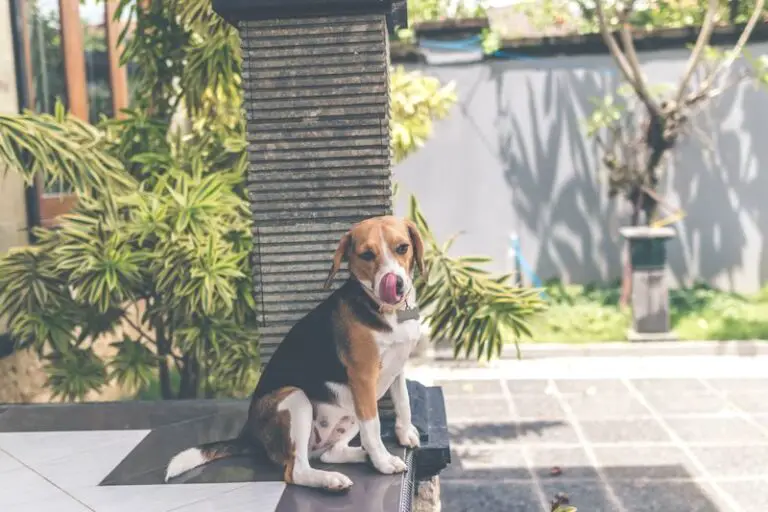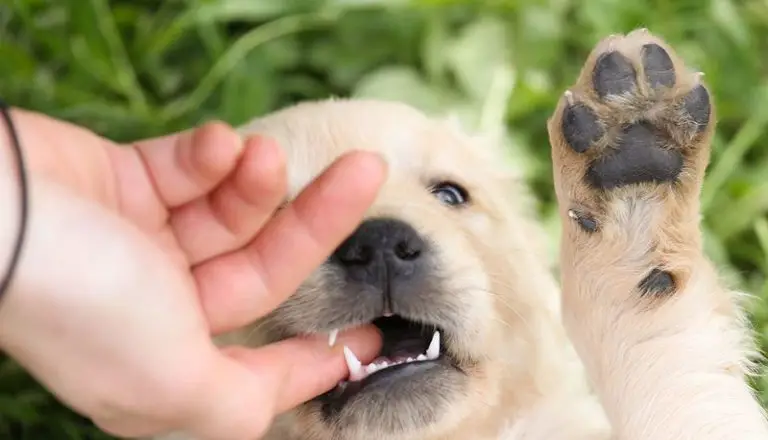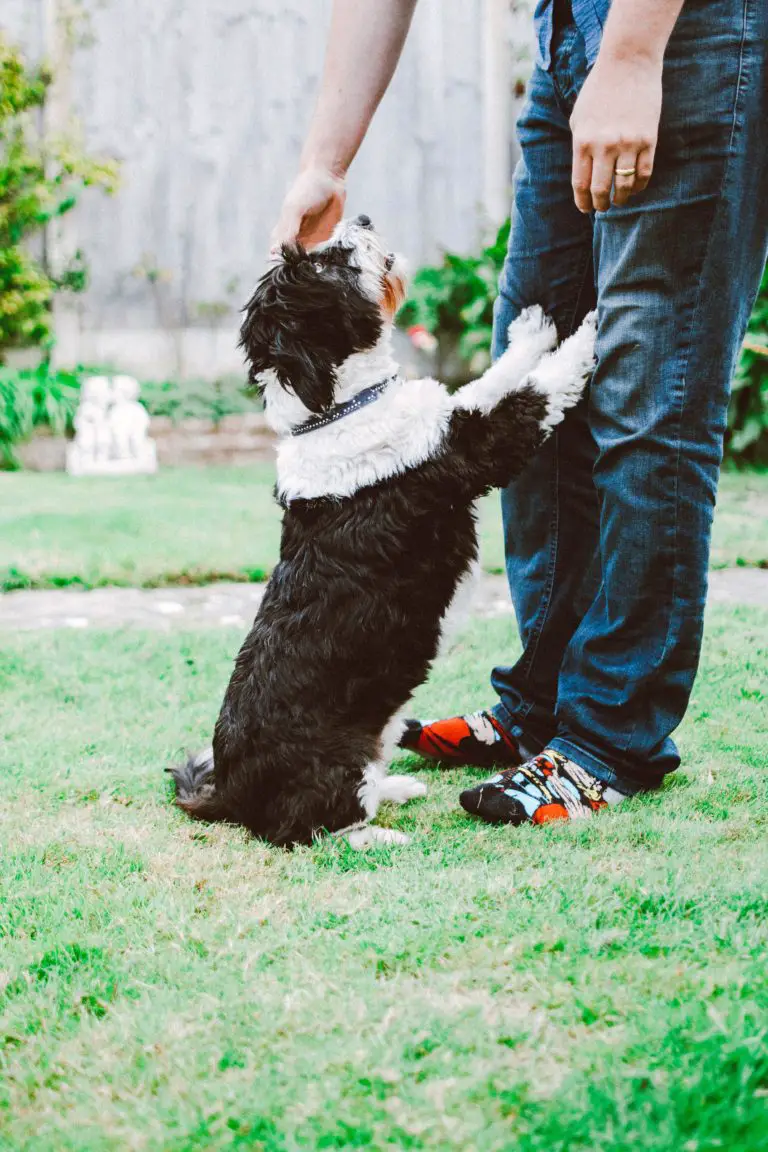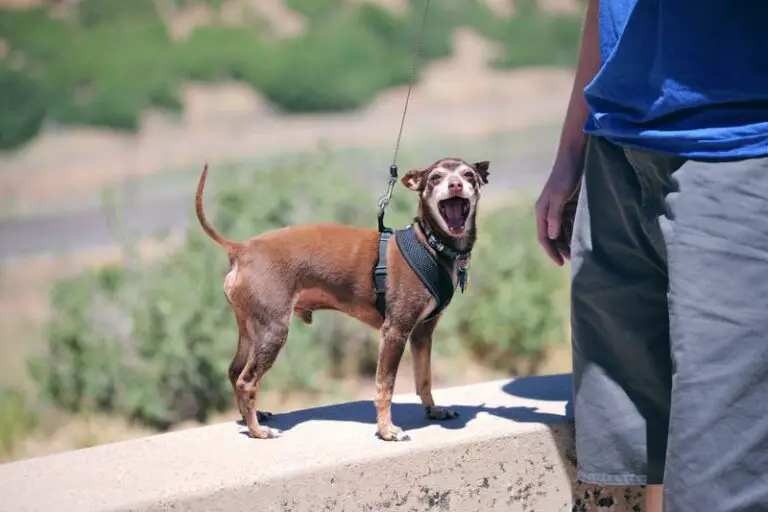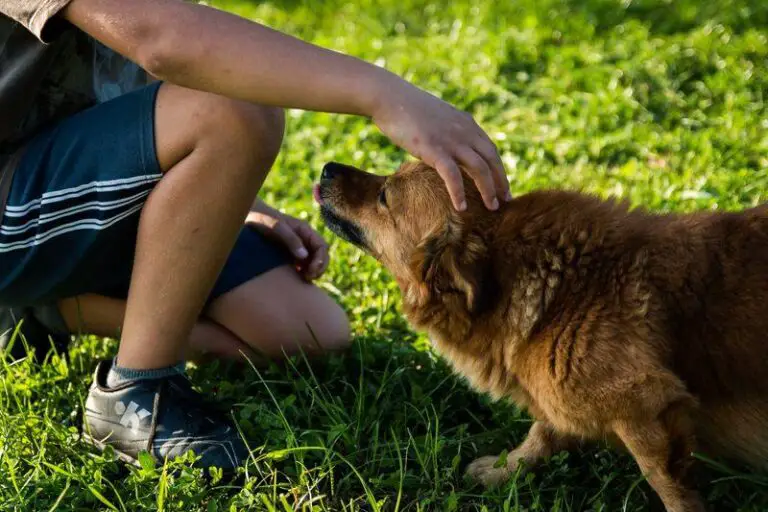What Age Can You Put a Harness on a Puppy? Ideal Puppy Harness Age
Using a harness on your dog is ideal for its safety and health. Often, puppies and adult dogs pull extremely hard on a collar and can choke them. Some breeds, such as Yorkies, have a predisposition to a collapsing windpipe, which can be extremely dangerous if you lead your dog with a collar. There are a number of reasons why harness training is the perfect solution. Read on to learn all about harness training your puppy, the best puppy harness age, and why it is the best alternative to a collar.
When Can You Start Harness Training Your Puppy?
The ideal puppy harness age is eight weeks. You can actually introduce a harness to a puppy as early as you want to, but you normally will not bring your puppy home before it is eight weeks old.
You should start harness training it right away. Make sure that you buy a harness that fits your puppy and exhibits their personality and style well.
Main Harness Styles
The two main styles of harnesses are back-clip harnesses and front-clip harnesses. The back-clip harnesses clip over your puppy’s back and the front-clip harnesses clip at the chest.
If you have a breed that is stronger, you might want the harness that clips on the back. This may also be easier for a young puppy because the front-clip harness may get caught between its legs.
You can find a harness that is the perfect fit for your puppy and you need to make sure that it fits well. Harnesses that are too big or too small can cause skin abrasions and hurt your puppy.
You should be able to fit two fingers between your puppy and the harness if it fits correctly. If you buy a harness that you can wash in the washing machine, it will be easy to keep it clean.
How to Choose a Harness

You want to get the right size and fit of harness for your puppy.
You should measure your puppy before you get the harness because they tell you what size it is. Most nylon harnesses are adjustable so you will have a range.
When you get home, keep the package so that you can exchange it if it doesn’t fit. If it fits, then you are ready to start training your puppy.
What Kind of Harness is Best for a Puppy?
I’ve tried several brands but the one I like best is the PUPTECK Soft Mesh Dog Harness (link to Amazon). It’s soft and allows for a gentle tug to redirect without discomfort. That’s the one I’m using now and will continue to use for the foreseeable future.
Benefits of Using a Harness
There are quite a few reasons why it is a good idea to use a harness instead of a collar to lead your puppy.
First of all, your puppy doesn’t know how to walk on a leash.
When your puppy starts out, it will pull a little; it could be frightened and pull hard. The harness will give you better control in a safer manner.
In addition, smaller breeds are more delicate and if they pull against a collar all of a sudden, they can become injured or hurt their necks.
Using a harness is a very safe way to train them because the pressure is on their chests, which is the strongest part of their little bodies.
Choking is another concern with a collar because your puppy can suddenly jerk against the leash. If this happens with a harness, your puppy won’t get hurt.
You can’t really tighten a collar to make sure that your puppy doesn’t slip out of it so puppies can wriggle around and slip right out.
They can’t slip out of harnesses that fit them correctly.
In addition, it is easier to control the leash with a harness. When you use a back-clip harness, there is no room for the puppy to become tangled up in the leash.
Collars rotate and your puppy can get all tangled up very quickly.
Some states have laws that your dog needs to be restrained in the car and a harness is perfect for attaching the seat belt safely. You don’t have this option with a collar.
Finally, the harness is a great training tool because it is safe and the puppy will learn how to walk without pulling. The harness gives the puppy a space to walk in and the consequences aren’t as dire if it pulls or jumps suddenly.
There are a number of benefits to using a harness and it really is the safest choice for training your puppy.
You will be able to start going for walks much more quickly and you will have confidence that your puppy will be safe.
How to Start Training Your Puppy to Wear the Harness
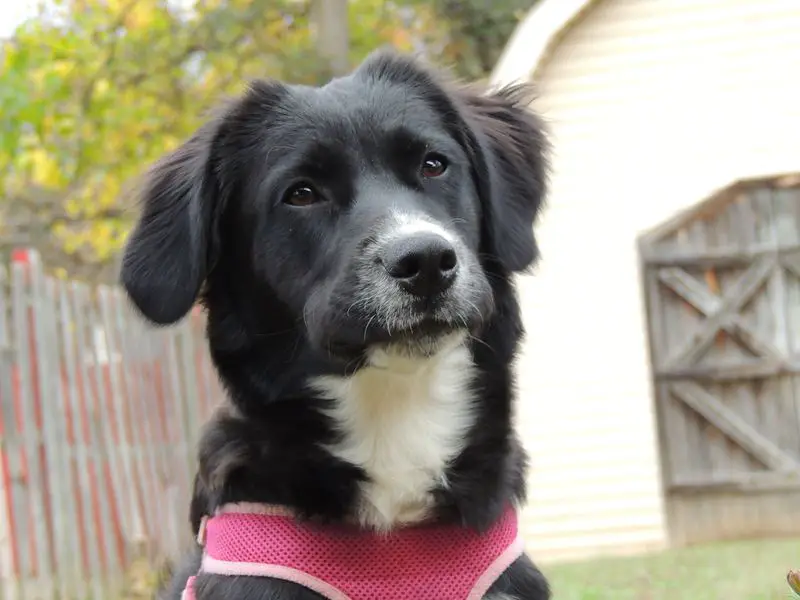
The first thing that you need to do when you are ready to start training your puppy to wear the harness is try it on.
You can play with your puppy a little bit before you try it on for the first time so that it is nice and tired. Then, show the harness to your puppy.
Place it on the floor and let the puppy sniff it. If your puppy sniffs the harness, offer a training treat and praise the puppy.
It is important to show that taking an interest in the harness is a good thing.
When you have the harness in the house and bring it out and show it to your puppy, this desensitizes it to the harness.
It allows the puppy to learn that this is just another thing that is a part of its life. You never want to frighten the puppy with the harness because that will make your job a whole lot harder.
After your puppy is used to seeing the harness around for a few days, you can put it on. Have your treats on hand and be sure to praise your puppy as you snap the harness around its back and chest.
You can let your puppy wear it around for a little while and then put it away. You might try this for a few days until the puppy barely notices that it is wearing the harness.
Attach the Leash
Once you are confident that your puppy is comfortable with wearing the harness, you can get started with the leash.
The first time that you snap the leash to the harness, just sit in a chair and hold the leash. When your puppy walks too far away, the leash and harness will stop the motion.
This may be puzzling to your puppy but you can call it over and praise it for coming. Take some time to show the puppy that the harness will limit its ability to travel too far away. This will come in handy when you go outside.
Training your puppy to walk on a leash is crucial to their training journey.
Practice Walking Inside the House
Now that your puppy is comfortable with the harness and understands that it will provide limits, you can practice going for a walk in the house.
Maybe you can snap the leash on to walk into the kitchen to feed your puppy. Take the puppy somewhere that it is exciting to go. You don’t want to have the puppy refuse to walk or become frightened of the leash.
It is much easier if the puppy wants to go with you.
Try this a few times to give the puppy a little bit of experience walking with you. The puppy will learn to stop when you stop and mirror your moves.
This won’t prevent the puppy from pulling in the future, but it will provide understanding so that training outdoors is easier.
Move to the Yard
Next, you can take your puppy out to the yard and practice some more.
Make sure that you do not take your puppy outside until it is completely vaccinated. If it is, you can start outdoor training.
Be sure to bring plenty of treats.
You can practice walking a few feet and stopping. Give the puppy a lot of praise when it does what you ask.
Go for a Short Walk
Your puppy should have the hang of it after all of this practice. Now you can try a walk on the sidewalk or at the park.
Remember that in a new environment, there will be many distractions. This is where your training will come in handy.
Your puppy will already be familiar with the harness, its limits, and what you expect. It will be easier to redirect the puppy when it loses focus over new sights, smells, and sounds.
Final Words
The ideal puppy harness age is really any time. You can begin working with the harness as soon as you bring your puppy home.
It is important to take the time to introduce the harness and teach your puppy what it does before you head out for a walk. This preparation will go a long way towards making the harness a pleasant, simple experience.
When you take the time to introduce your puppy to the harness this way, you will be able to build on its experiences.
You can use the harness to teach your puppy to heel, wait, and sit as well.
Training is so important because it will keep your puppy safe. Remember to use positive reinforcement and, of course, a lot of treats. Praise your puppy for listening and have a great time outdoors with your new best friend.
I hope that this article has allowed you to understand the ideal puppy harness age, as well as provide some insight on the steps you can take to train your puppy to comfortably walk using a harness.
Frequently Asked Questions About Dog Harnesses
Are harnesses bad for puppies?
Quite the contrary. In fact, harnesses are actually recommended for puppies to use as opposed to using a dog collar. Dog collars have a history of severely damaging puppies’ throats. Therefore, a harness is a perfect tool for walking your puppy and beginning leash or lead training with them.
Is a collar or harness better for a puppy?
A harness is the recommended option when dealing with a puppy that has never begun leash training. The main reason for this is because collars can injure a puppy’s throat and neck area. Puppy owners should also refrain from using collars on their puppies even after they grow up. Even older, more mature dogs can still suffer from sore throats and internally bruised necks if they lunge or jump in a spontaneous fashion.
Should dogs wear their harness all the time?
Sure, why not? As long as your dog seems comfortable in its harness and does not appear to be scratching at it profusely then it is perfectly fine. Though, be sure to wash and clean your dog’s harness often if you do intend for them to wear their harness all the time.
How do you get a dog to like a harness?
Simply, introducing your dog to their harness correctly can determine if they’ll like or hate it. Allow your dog to interact with the harness and play with it. Let them get comfortable with seeing it around. You should be trying to desensitize them from fearing their harness.




